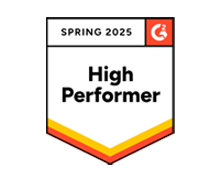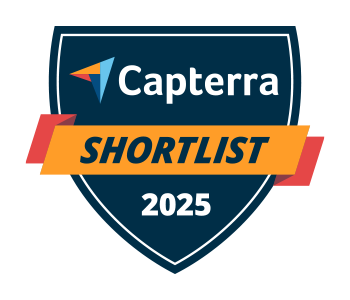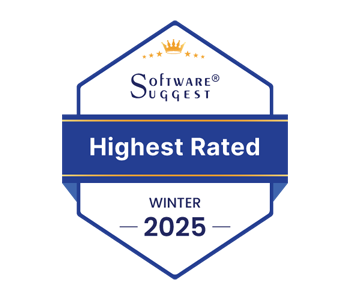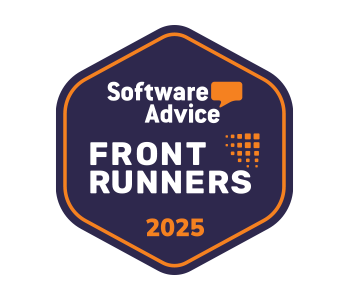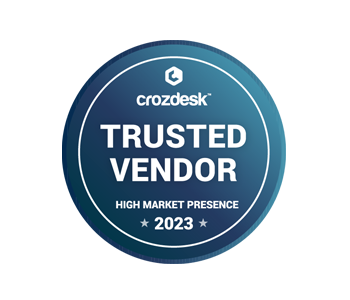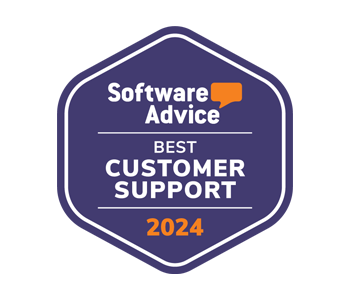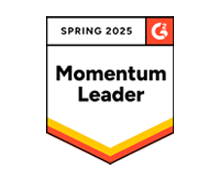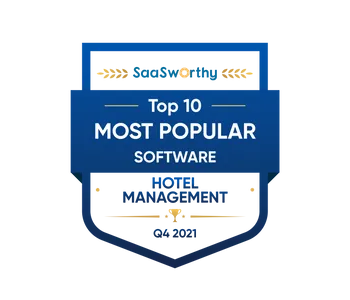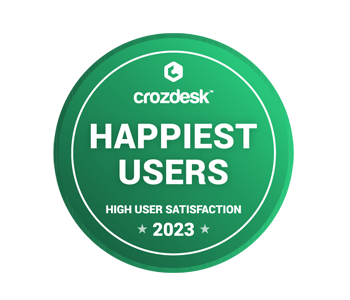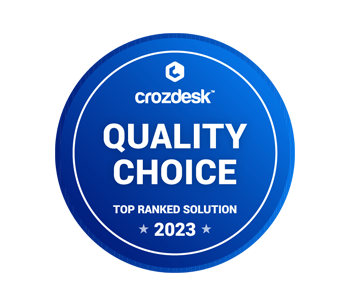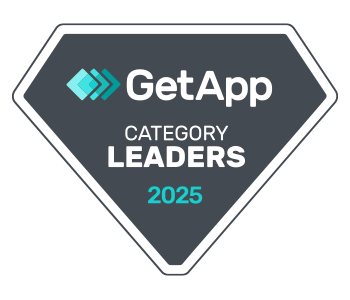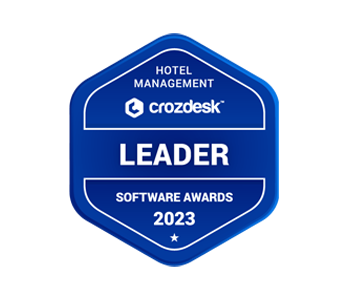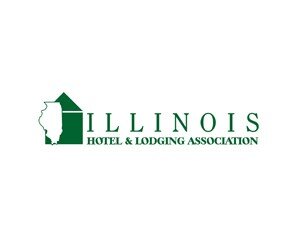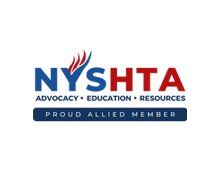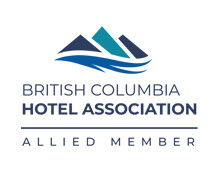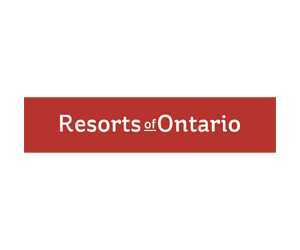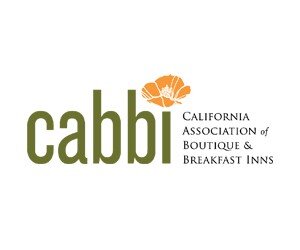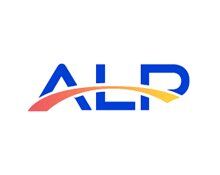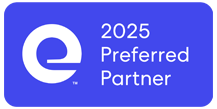The goal of any business is to make money. But it’s not all about revenue. Think about it this way: If you increase revenue, but costs rise as well, your profit remains the same (or declines), and your business can’t grow. While it’s important to monitor top-line indicators like total revenue and RevPAR, focus on your bottom line to boost what really matters: net profit.
The key to raising that bottom line is to generate profitable revenue—in other words, revenue that doesn’t cost too much to earn. Here’s how.
Understand your costs
Growing profit requires a good understanding of your operating expenses. How much does it cost to run your business and generate revenue? Obviously, the goal is to make more than you spend!
As part of your operating expenses, get familiar with your COGS (cost of goods sold) and CAC (customer acquisition costs) as both directly affect profit potential.
Let’s start with COGS. Cost of goods sold includes the direct costs of providing goods (rooms and ancillary products and services) to your guests. These expenses include the likes of room supplies (linen, towels, etc.), room cleaning and maintenance costs, F&B costs, spa supplies, and labor. COGS does not include indirect expenses like overheads and sales and marketing costs.
The lower your COGS, the higher your profit. Calculating COGS for each revenue source (rooms, restaurant, spa, conference facilities, etc.) helps identify your most profitable products and services. With this information, you can tweak your revenue mix to optimize profit by promoting your most lucrative services and upsells, for example. (You can also pinpoint areas where you can reduce costs by automating processes, switching suppliers, saving energy, and cutting waste.)
Your CAC (customer acquisition costs) are also a critical part of the equation. These encompass the costs involved in bringing in a new guest, including OTA commissions, advertising, and sales and marketing salaries. CAC directly affects profit and informs revenue and marketing strategies. Measure your CAC for each guest segment (e.g., business vs. leisure guests) and channel (different OTAs, GDS, direct, partnership referrals, etc.) to optimize your distribution and marketing mix to reduce CAC and increase profit.
Identify your most profitable revenue sources
Measuring your COGS and CAC is a key step in identifying your most profitable revenue sources. Next, you need to use that information to work out the net revenue for each source.
Employ the data in your property management system to get a granular view of revenue—by room type and ancillary product or service—and subtract the associated COGS for each. Work out room revenue by distribution channel and customer segment and subtract corresponding CACs. Customizable booking and sales reports make breaking down revenue easy.
Once you’ve worked out your most profitable revenue sources, you can drive GOPPAR (gross operating profit per available room) and NRevPAR (net revenue per available room) by:
- Focusing on marketing your most profitable packages and services
- Promoting your most profitable upsells / cross-sells
- Optimizing your distribution mix
- Targeting your most profitable guest segments

Emphasize your direct booking strategy
Bookings coming through your direct booking channels are generally more profitable than those through third-party distribution channels that charge commissions and transaction fees. The more organic traffic you drive to your own website booking engine, the lower your CAC!
The first thing you’ll need is a mobile-friendly online booking engine. WebRezPro property management system includes a fully integrated, commission-free website booking engine built to drive conversions across devices (from desktop to mobile). Then, sharpen your SEO and social media strategies to guide organic traffic to your website. From there, a great website design and book-direct incentives will convert those lookers into bookers!
Charge for early check-ins & late check-outs
Early check-in/late check-out is a convenience guests are prepared to pay for—and the best part is that it doesn’t cost you a thing! With an automated property management system that includes integrated housekeeping software, adjusting cleaning schedules is a breeze.
While flexible check-ins and check-outs are not always possible during busy times, other low-cost upsell opportunities can also be monetized, including parking, pet fees, room service, and cots.
Target the right customer segments (most profitable customers)
Identifying your most profitable guests and their preferences allows you to present targeted offers that drive a higher rate of conversion and increase revenue per booking.
- Offer upsells
Present applicable upsells at booking, before check-in, and during the stay to increase revenue (and enhance the guest experience!). WebRezPro allows upsell options to be attached to relevant room and/or rate types to target the right customers during booking. Automated guest messaging and upselling software can present targeted upsell offers during the guest journey. As well, make sure front desk staff understand available offers and are trained on upselling techniques and strategy. - Attract groups
Sell multiple rooms in one pop! Event planners are looking for authentic experiences, and independent properties are in demand—making group bookings an economical way to maximize occupancy. In addition to hosting on-site events like weddings and corporate meetings, keep an eye open for upcoming local events and create offers for groups traveling together. - Grow loyalty
Repeat business costs less than new business, so focus on growing guest loyalty to reduce overall acquisition costs and increase customer lifetime value. Not only do they cost less to acquire, but repeat guests tend to spend more, making them more profitable customers. Treat repeat guests like VIPs with proactive service and personalized communications and offers to strengthen loyalty. Refer to reviews to learn what guests love and what you need to improve to increase satisfaction. - Partner up
Partner with local businesses to appeal to target segments. For example, team up with activity providers to offer adventurers unique experiences. Co-promotional opportunities not only reduce advertising costs (both parties can pool resources) but expand your reach to a whole new, relevant customer base.
Use dynamic pricing & inventory strategies
Maximizing profit requires dynamic pricing and inventory strategies that respond to changes in demand. You have to pay attention to the market and act quickly—a set-and-forget approach will leave money on the table (and will probably lose you bookings).
A dynamic pricing strategy is one that adjusts room rates based on market demand, for example, increasing rates when demand is high to maximize revenue. This works for ancillary products and services too. It’s important to understand how much guests are willing to pay for your rooms and ancillaries and the quality of your offerings.
But it’s not just pricing that should be dynamic. Use rate restrictions (like minimum/maximum length of stay and closed to arrival/departure) to optimize revenue per booking and reduce COGS. For instance, implementing a minimum length of stay during major events or long weekends boosts occupancy on shoulder nights, drives ancillary revenue, and reduces housekeeping costs.
Maintain close control over room inventory too. Reducing OTA availability during the busy season when your direct sales are up saves you a ton in commission fees without sacrificing your occupancy rate. Cha-ching! If it all sounds a bit much to manage, don’t worry—modern hotel technology can help (keep reading!).
Drive profitable revenue with modern hotel tech
From measuring revenue sources and identifying profitable guest segments to optimizing rates and inventory, modern hotel technology saves time and helps you make data-driven decisions to raise your bottom line.
- PMS – From reservations to inventory to housekeeping, your property management system is the control center of your property and, as such, centralizes core data to automate workflows and track performance. It’s the primary source of guest and reservation information, making it a critical tool for delivering proactive customer service and discovering your most profitable revenue sources.
- Online distribution channels – While bookings that come through third-party online distribution channels, including OTA, metasearch, and GDS channels, may come with higher acquisition costs, they can also help drive traffic to your property’s own website, boosting direct bookings (this is known as the billboard effect). A dynamic, well-managed channel mix optimizes inventory to increase profit, but PMS integration is key to simplify channel management and avoid double bookings.
- POS system –Point-of-sale software tracks restaurant, spa, and gift shop revenue, inventory, staff performance, supplier purchases, and customer data and loyalty—all good things to know when identifying your most profitable products and services.
- RMS – Automated revenue management systems take the guesswork out of (and time invested in) determining the best prices for your rooms and ancillaries. Analyzing market, competitor, and property data on an ongoing basis, these smart systems accurately forecast demand and recommend optimal rates at the right moment to maximize bookings and profit. Integrated with the PMS, accepted rates are automatically sent to the PMS and all connected distribution channels.
- CRM – Investing in a CRM helps you get more bang for your marketing buck by improving conversion rates and growing loyalty. It does this by building robust guest profiles that enable high-level segmentation and targeting for cost-effective digital marketing campaigns.
- Guest messaging apps – Specializing in guest engagement, guest messaging platforms power personalized communications with every guest. The sophisticated software learns about guests and their preferences based on reservation information and offers tailored upsells at the right time to drive more revenue per booking while increasing loyalty. Routine communications and FAQ responses can be fully automated to save front desk staff lots of time.
Understanding the difference between revenue and profit is critical to the success of your business. There’s no point celebrating million-dollar revenues if million-dollar expenses are dragging down your bottom line. Analyze costs and revenue to determine your most profitable products and guest segments and optimize your revenue mix to grow profit. Modern hotel tech is here to help. Share your profit-maximizing strategies with your staff so that everyone’s on the same page and working toward the same goal. Then, watch your bottom line rise and break out the champagne!







